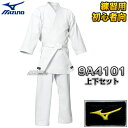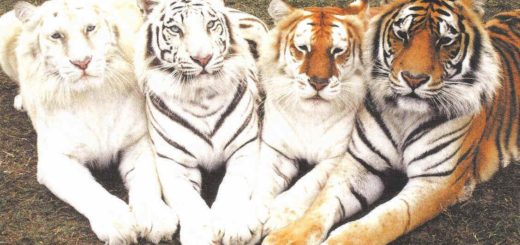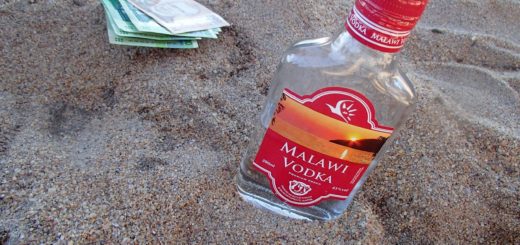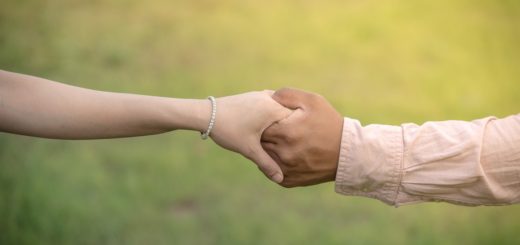Karate Boys in Africa – Karate is for self-defense
3. Start Training
To start, I tested how strong and flexible he was. The location was, as usual, the grass dojo.
I saw the mixture of hopes and tension on Karate boy A’s face. Everybody has the “first experience” when they get older.
I let him show us how many fist push ups he can do on the ground.
“Ok, fist push ups!”, I demanded.
“Yes, sensei.”
If he could do around 30, that would be enough for a beginner. However, he did over 50.
“Pig Pen, are your fists OK?”, I asked.
“I did this on the concrete at home”, he replied.
Basically, the floors in Zambian homes are made of concrete. I’ve never seen wooden or tatami floors in Zambia.
But still, even on the soft tatami, it hurts if you do fist push ups. I never expected him to show that high level of practice so soon.
Flexibility
Next was a leg split.
For martial arts, flexibility is the most important factor.
If there are two people who have the same build, weight, and strength, the one who is more flexible will have more destructive power than the other who is less flexible.
Stretching is the basic of basics, therefore, many tend to skip it. That’s why I assumed he may manage a 150 degree split at the maximum.
“Then, leg split”, I demanded.
“Like this, sensei?”
Karate boy A suddenly disappeared from my sight. He went down to the ground by splitting his legs a full 180 degrees!
His legs were split into a straight line. This flexibility is achieved over time and by getting over pain, so I was very impressed by his efforts.
Albert Einstein said,
Genius is the man of average ability who makes an effort.
Once again, he showed us his skill with composure beyond expectations. It was like I found a diamond in the rough.
Karate Lesson Began
Since that day, he joined my Karate lessons.
We practiced between 30 mins and an hour each day. Practice days were not fixed, but when we had time, we practiced.
Their main job was to study. And I was a science teacher. Besides, I didn’t have a license for teaching karate. I was just sharing what I knew.
Stretching was mandatory at lessons. A picture below is an example.
There were no uniforms or protectors either. They put school uniforms or private cloths on for the lessons.
That was enough for the real men who decided to be strong. No one complained about it.
Lessons were not harmonious. Once they whined, my sharp kicks came up.
Although there were no protectors, I made them fight with bare hands. They must hit opponents with respect and appreciation.
I taught them that the pain is weakness, and even if they become very strong it will never disappear. Because you know the pain, you can be strong.
However, the Karate Boys were willing to join the lessons.
There is one thing I kept repeating to them—that is— “Karate is for self-defense”.
I always told them that karate must not be used for hurting someone using violence.
I believe that they still remember that, even after some years have passed.
When the dry season went on, tall glasses gradually shortened, old students graduated from their school, and from our dojo in the grass as well.
And then the lessons began with Karate boy A and his friend called Karate boy B began.
To be continued in Vol.3.
Japanese version / この記事の日本語版はこちら
・アフリカの空手ボーイズ奮闘記 – Karate is for self-defense
Vol.1 “Teach me Karate! – African Karate Boys“
Vol.1 in JP 「空手を教えてください! – アフリカの空手ボーイズ」














